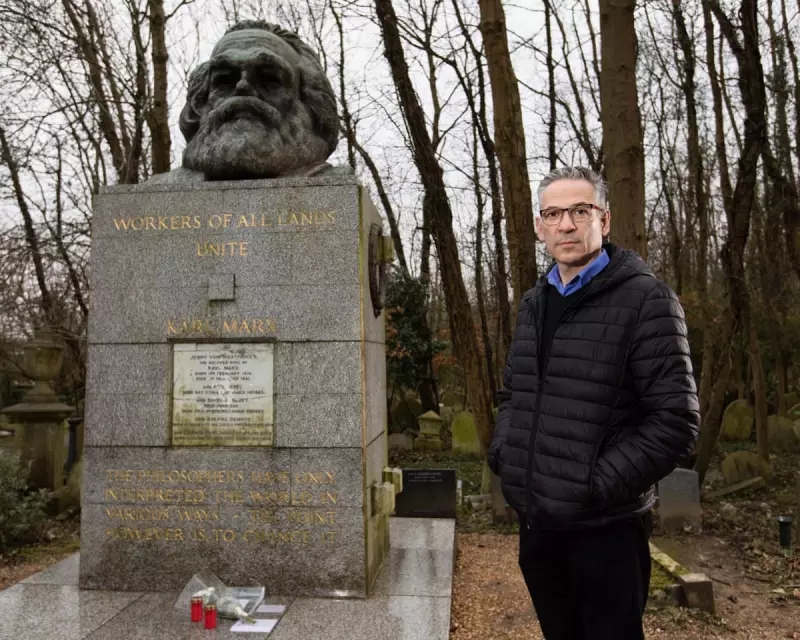
Plans for a modern two-storey building dubbed the 'bunker' at one of London's most celebrated Victorian cemeteries have triggered alarm among conservationists and local residents. The proposed structure at Highgate Cemetery, intended to replace current gardening facilities, represents the most significant development on the site in decades.
Heritage Concerns Take Centre Stage
The scheme has drawn sharp criticism from The Friends of Highgate Cemetery Trust, who argue the design is wholly inappropriate for the Grade I-listed landscape. They contend the building would industrialise the tranquil eastern section of the cemetery, creating what they describe as a 'bunker-like' presence that contradicts the site's delicate aesthetic.
'This isn't merely about replacing some sheds,' explains a Trust representative. 'We're talking about a substantial permanent structure that would fundamentally alter the character of this cherished space. The scale and design are completely at odds with a cemetery of such historical importance.'
The Trustees' Defence
The cemetery's trustees maintain that the new facilities are essential for the site's ongoing maintenance and future sustainability. They argue the current arrangements—a collection of 14 temporary structures—are inadequate for the team managing the 37-acre site.
'Our gardeners currently work from scattered, substandard buildings that offer poor conditions,' states a trustee spokesperson. 'This proposal consolidates these facilities into one purpose-built space, actually reducing the overall footprint while providing proper accommodation for the vital work that preserves the cemetery.'
A Planning Battle Looms
The application now rests with Islington Council's planning department, which must balance operational needs against heritage conservation. The decision comes at a sensitive time, following recent controversies including the felling of a protected 19th-century holly tree.
With Highgate Cemetery serving as the final resting place of numerous notable figures—including Karl Marx and George Eliot—the outcome will be closely watched by heritage organisations nationwide. The controversy highlights the ongoing challenge of managing historic sites while ensuring their practical needs are met for future generations.





